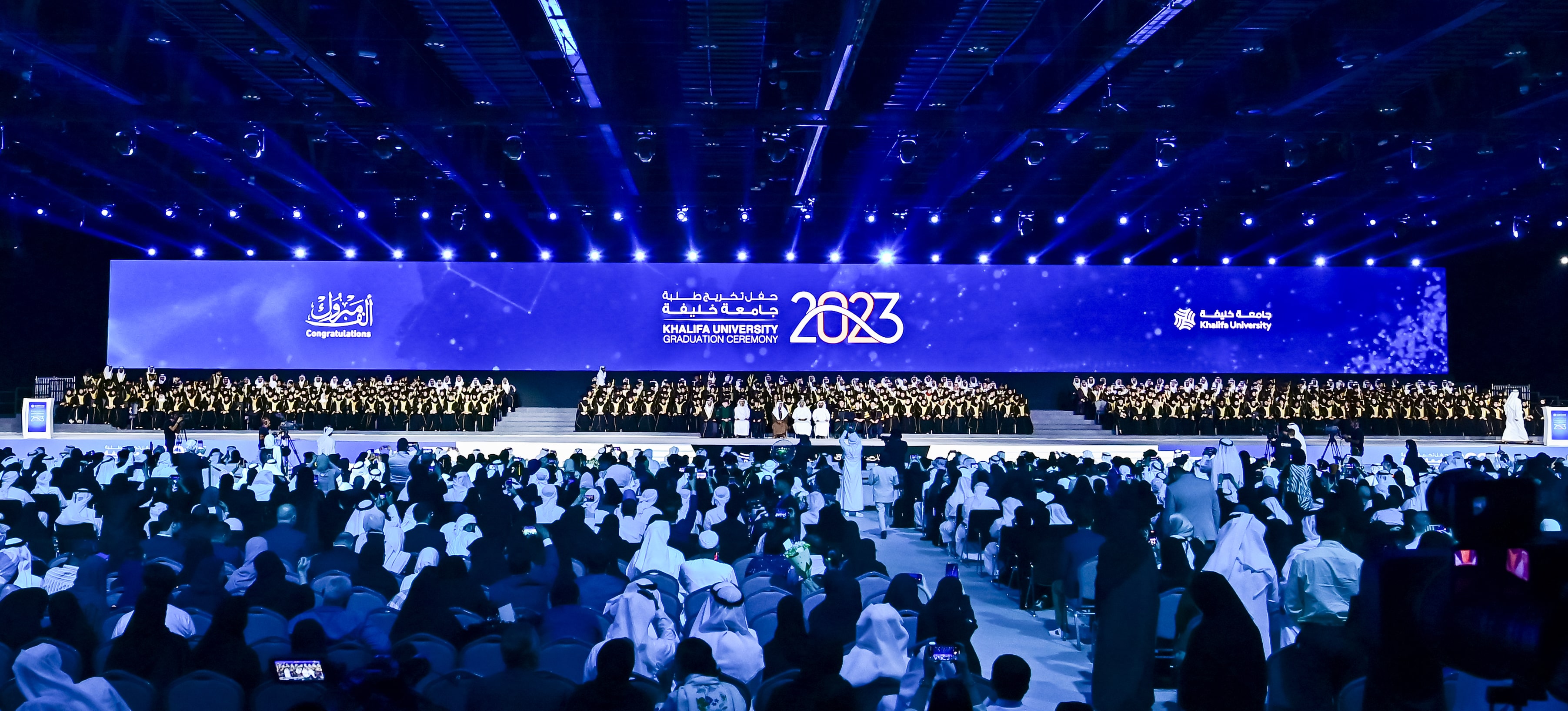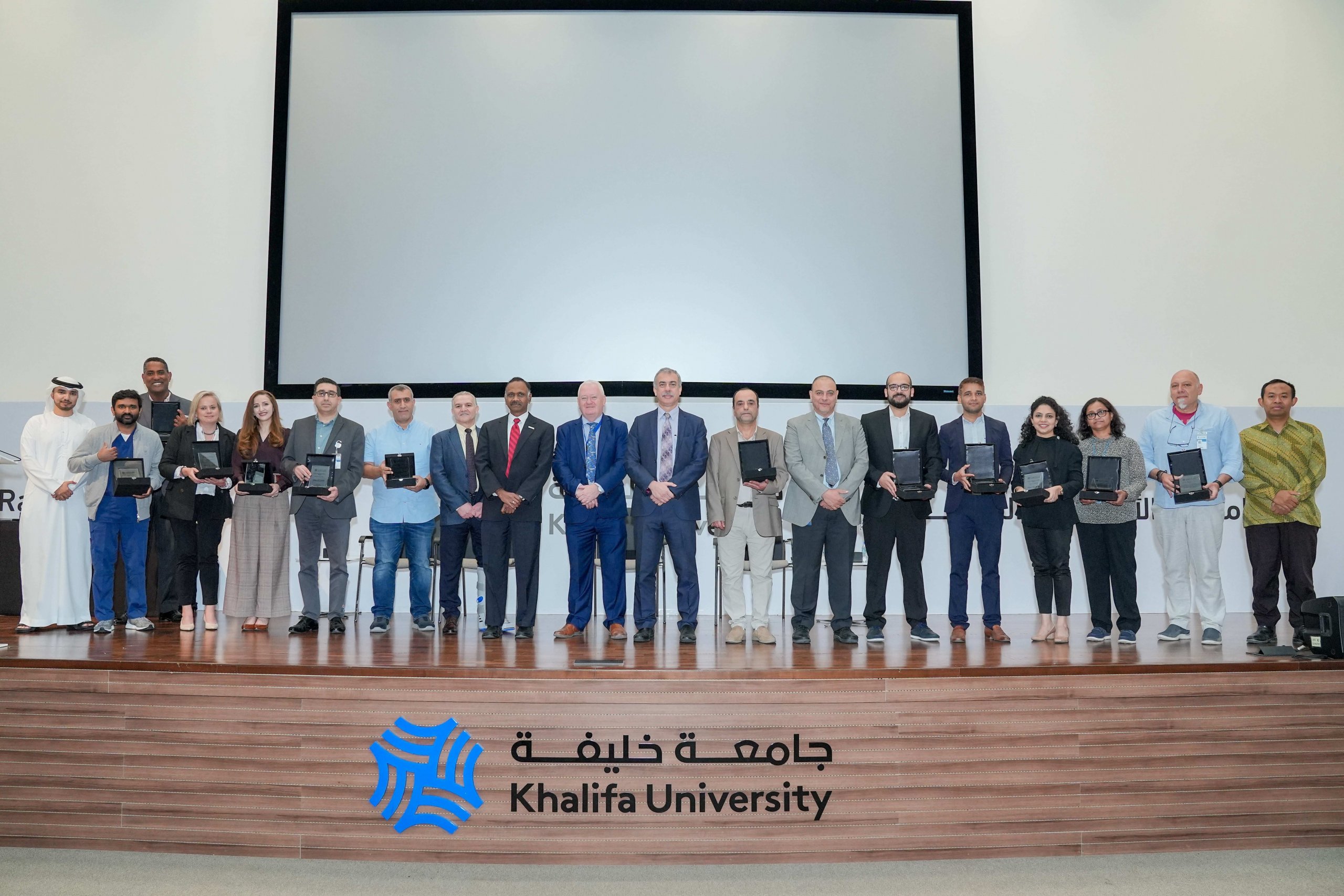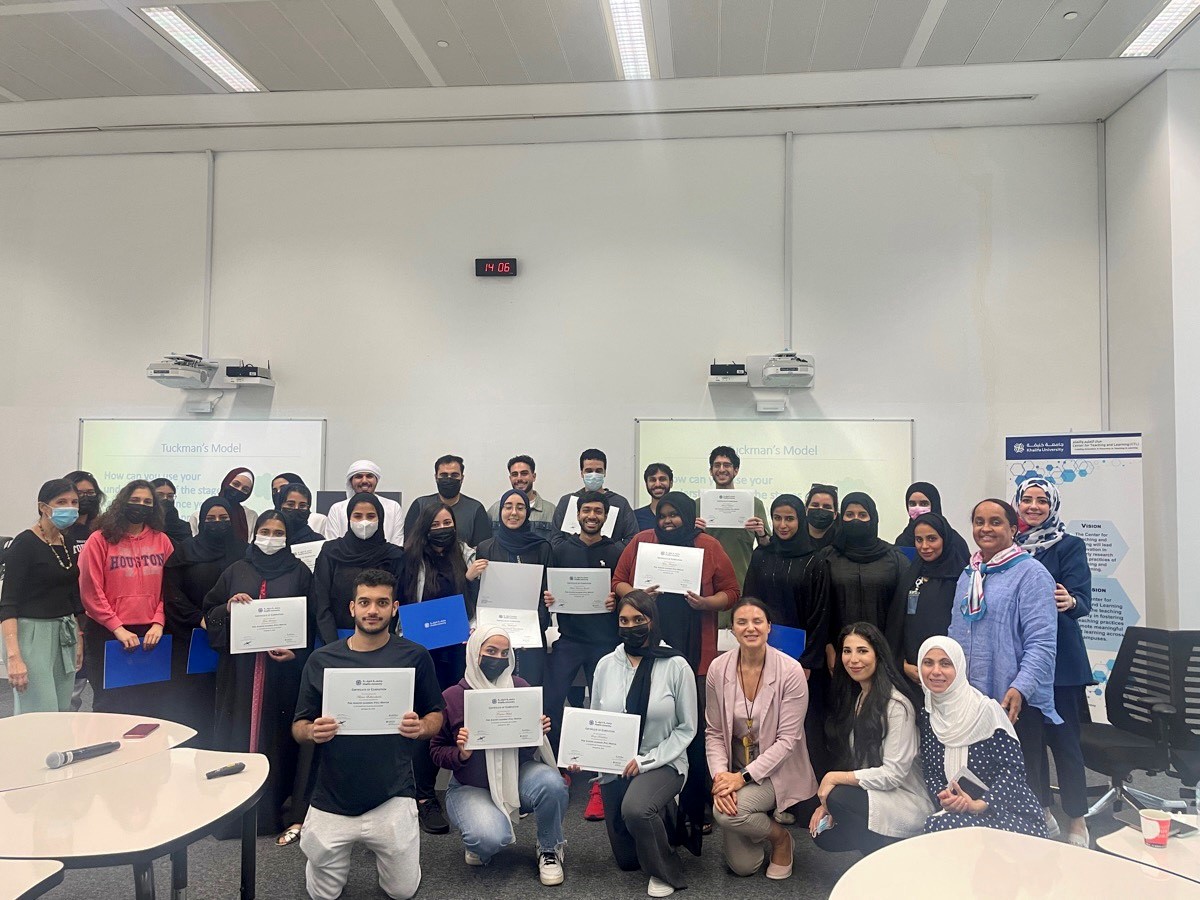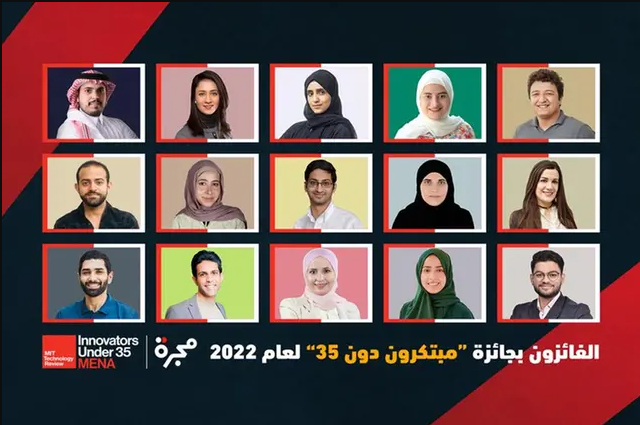Khalifa University’s BSc in Electrical Engineering and Computer Science student Khadeeja khaled Aljaberi won first place in the Student Poster Competition at the 2019 IEEE International Conference on Imaging Systems and Techniques, which took place from 8 – 10 December 2019 in Abu Dhabi.
The poster describes Aljaberi’s experiments on near-field microwave imaging probes, which was conducted as part of her independent study course under the supervision of Dr. Mohammed Abou Khousa, Associate Professor of Electrical and Computer Engineering, and Research Associate Andri Haryono.
“The project focuses on experimentally investigating the resolution of near-field microwave imaging probes which are based on a square spiral resonator design. The aim was to enhance the probe’s imaging resolution while the operating frequency is maintained in the UHF band (300MHz – 1000MHz)” Aljaberi shared.
Near-field microwave imaging could be used to see hidden or embedded objects in a structure. It is useful for numerous industrial applications, including surface crack detection, mapping of corrosion and inspection of composite materials.
Microwave frequency range starts from as low as 3MHz (HF Band) up to 300 GHz (mm Band). While the imaging resolutions of probes operating at higher frequencies (in the GHz) are better, the cost and complexity of the system increases at higher frequencies, and the system’s stability is compromised. Which is why developing probes that can operate in the lower frequency ranges (e.g. UHF Band), while producing decent quality and high resolution images, is critical.
Addressing this issue, Aljaberi experimentally investigated the behavior, sensitivity and resolution of three microwave probes labelled as probe A, B and C, which operated at 530MHz, 630MHz and 780 MHz, respectively. These probes were designed with different lateral dimensions of the probe’s spiral resonators. Aljaberi concluded that by reducing the lateral dimensions, the imaging resolution of the probes operating at the UHF band (MHz) was comparable to the imaging resolution of probes operating at higher frequency bands (GHz).
“In conclusion, the resolution of the first two probes – A and B – was found to be 4mm. While the third probe – Probe C – had a resolution of 3mm. Each probe successfully produced a 2D image of a metal sample. The images were then compared to the images taken by microwave imaging probes operating at 24, 33 and 70 GHz. It was experimentally proved that Probe C (operating at only 780MHz) had a better resolution compared to the probes operating at 24GHz and 33GHz. Additionally, it had a similar imaging outcome compared to a probe operating at 70GHz frequency,” Aljaberi shared.
Erica Solomon
Senior Editor
9 January 2020






